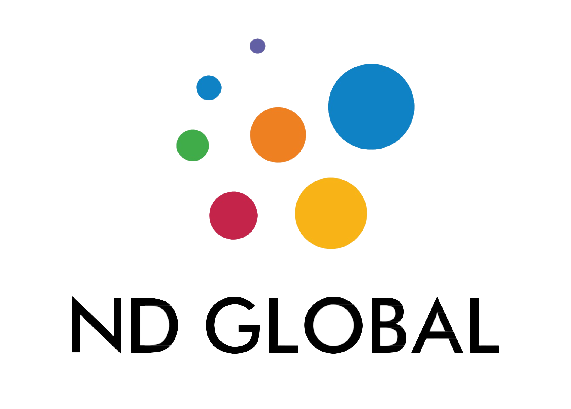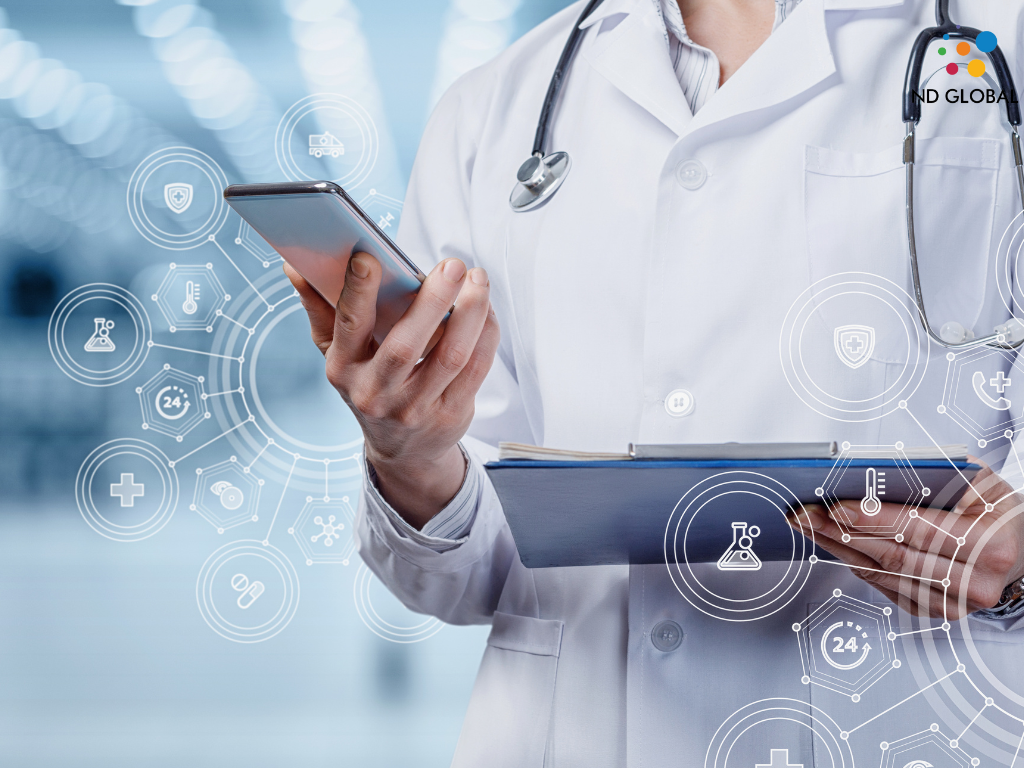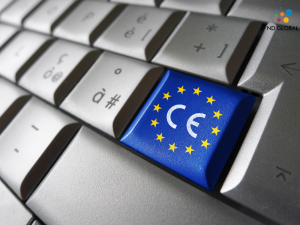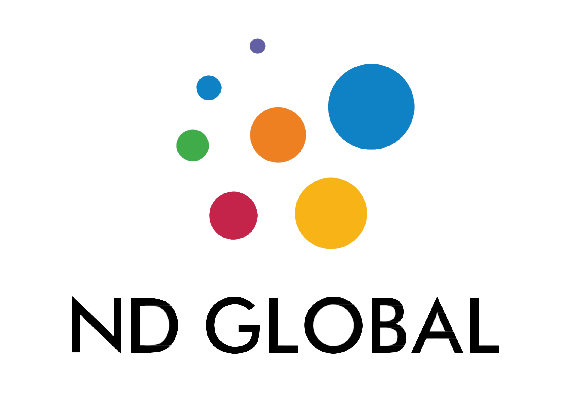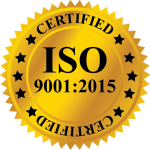The digital revolution in healthcare depends heavily on medical gadgets. They can help medical personnel diagnose patients correctly, treat them effectively, and provide them with individualized care since they are equipped with sophisticated algorithms that gather and analyses patient data. Furthermore, wearable technology and telemedicine platforms provide patients with new ways to interact with and take control of their health. It’s reasonable to argue that medical devices, by offering instruments and technology that optimize clinical decision-making, empower patients to actively participate in their treatment, and improve patient outcomes, are crucial in revolutionizing the healthcare industry.
Medical device technology has grown quickly in recent years, greatly enhancing patient care and results, thanks to the backing of healthcare software businesses. Precision, individualization, and efficacy in patient care are being enhanced by developments in wearable and implantable medical devices, telemedicine platforms, robots and artificial intelligence, 3D printing, nanotechnology, and augmented and virtual reality. These developments have the potential to completely transform the healthcare system.
The companies that supply medical devices are facing a critical moment. To stay competitive and satisfy the changing expectations of consumers and healthcare providers, digital transformation is essential. Digital technology integration allows medical device companies to build more intelligent, networked devices that deliver more precise, individualized care. In the end, medical device companies must embrace digital transformation if they want to prosper and expand within the sector. Let’s examine the most recent developments in the medical device sector as well as the challenges they confront.
Medical Internet of Things (IoMT)
With IoMT, there are a plethora of opportunities and trends to take advantage of in the medical device sector. It is also referred to as “smart healthcare,” as it collects and processes data via computer-to-computer connections. By using this data, healthcare providers may make well-informed decisions and provide the best possible care for their patients. IoMT software and devices help lower the cost of treatments and drugs while maximizing operational efficiency. The market’s main goal is to ascertain how well IoMT can be implemented in the healthcare sector to further increase efficiency.
Increasing usage of wearables and biometric devices
The popularity of wearable and biometric technologies has increased, enabling patients and consumers through specialized sensors like PPG and ECG sensors as well as popular gadgets like Fitbits and Apple Watches. Medical device startups with a creative edge can benefit patients and relieve hospital workloads.
As wearable medical gadgets enable users to receive medical monitoring while at rest, astute observers are observing a growing trend in their acceptance. These gadgets are worn as clothing items or as accessories. Heart rate, blood pressure, oxygen saturation, weight, respiration, temperature, hydration, motion, direction, blood pressure, glucose, and brain activity are among the data they offer. Physicians and nurses can provide patients with better care thanks to this data. Smartwatches and other head-mounted displays (HMDs) are among the most widely used types of wearable electronics. The wearables industry is growing at a faster rate thanks to the rise in generative artificial intelligence (AI) and alternative data investments.
Opportunities for Generative AI
By increasing productivity, lowering stress levels for healthcare professionals, and improving patient outcomes, generative AI is completely changing the medical device market. With the use of supply chain simulations and digital factory twins, it can improve manufacturing and distribution procedures. It also aids in treatment diagnosis and recommendation, cuts down on hospital expenses and staff turnover, and frees up medical professionals to work on more important duties. Strict regulatory procedures are required, meanwhile, to guarantee the secure application of these technologies.
Growth of at-home diagnostics and digital treatments
During the pandemic, digital medicines and AI-based medical devices gained appeal for managing and treating a variety of ailments remotely. Patients can take charge of their health care with the help of at-home diagnostics. During the pandemic, the in-vitro diagnostic business grew, which contributed to a rise in the use of self-tests for a variety of medical disorders. This expansion appears to be a trend that could increase patient access to healthcare and open up consumer markets for the selling of medical devices.
A rise in robotics usage
Because of its many advantages—including fewer cuts, smaller incisions, less discomfort, less scarring, enhanced safety, faster recovery periods, and significant cost savings—minimally invasive procedures are becoming more and more popular. Medical equipment manufacturers in developed nations started to develop robots to assist nurses in carrying out their duties as the global nursing crisis grew worse. The pandemic has made additional help more necessary. Robotics can be used by healthcare facilities to free up staff members from repetitive duties like monitoring patient vitals, transferring elderly patients from their beds to their rooms, cleaning patient rooms, etc.
Adoption of 3D printing for medical devices
The technique of 3D printing is being widely used by the medical sector. Among its applications are orthotics and prosthetics, training, surgical planning, and the provision of a physical replica of the operating room. Orthopedic and craniofacial implants, surgical tools, and dental restorations are a few examples of medical products manufactured with 3D printing technology. Medical implants and equipment made with 3D printing are customized to a patient’s anatomy or a particular procedure. Because of this, they might become a trend more successfully than mass-produced ones. For instance, surgeons have discovered that individualized methods with 3D-printed implants and gadgets tailored to each patient reduce discomfort and speed up recovery from knee surgery. With 3D printing, there is a big chance to improve the quality of the materials used in orthodontic and dental procedures.
The expanding tendency and increased need for technologically sophisticated medical devices have made cybersecurity a significant issue. In the face of possible threats, manufacturers of medical devices must ensure device function and safety while protecting patient data. The International Medical Device Regulators Forum (IMDRF), the European Commission, the FDA, and other international organizations and regulatory authorities are modeling these rules and placing comparable requirements on cybersecurity compliance. Because of this, medical equipment producers must exercise particular caution when creating healthcare items that are user-friendly and securely protected from cyberattacks.
Conclusion – The rapid advancements in medical device technology are fundamentally transforming the healthcare landscape, driving improvements in patient care, operational efficiency, and overall health outcomes. Innovations such as the Internet of Medical Things (IoMT), wearable and biometric devices, generative AI, at-home diagnostics, robotics, 3D printing, and robust cybersecurity measures are at the forefront of this revolution. These technologies not only enhance the precision and personalization of medical treatments but also empower patients to actively engage in their healthcare journeys.
As the industry continues to evolve, the challenges of maintaining cybersecurity, navigating regulatory landscapes, and ensuring the safe and effective use of new technologies will be critical. However, the potential benefits—ranging from enhanced patient outcomes and reduced healthcare costs to improved accessibility and convenience—make the pursuit of these innovations imperative. The future of healthcare is being reshaped by these technological advancements, promising a more efficient, effective, and patient-centric system.
